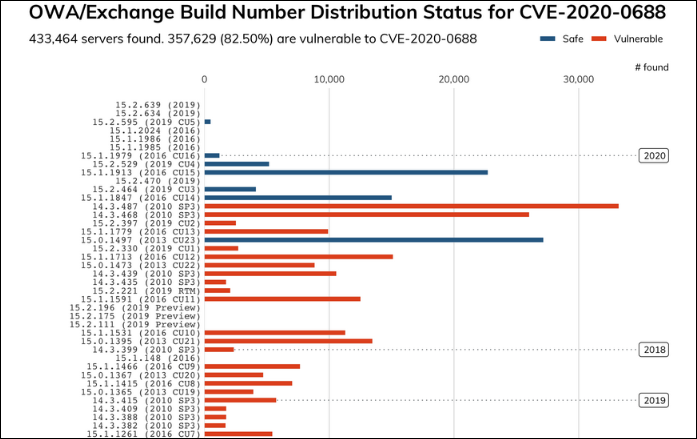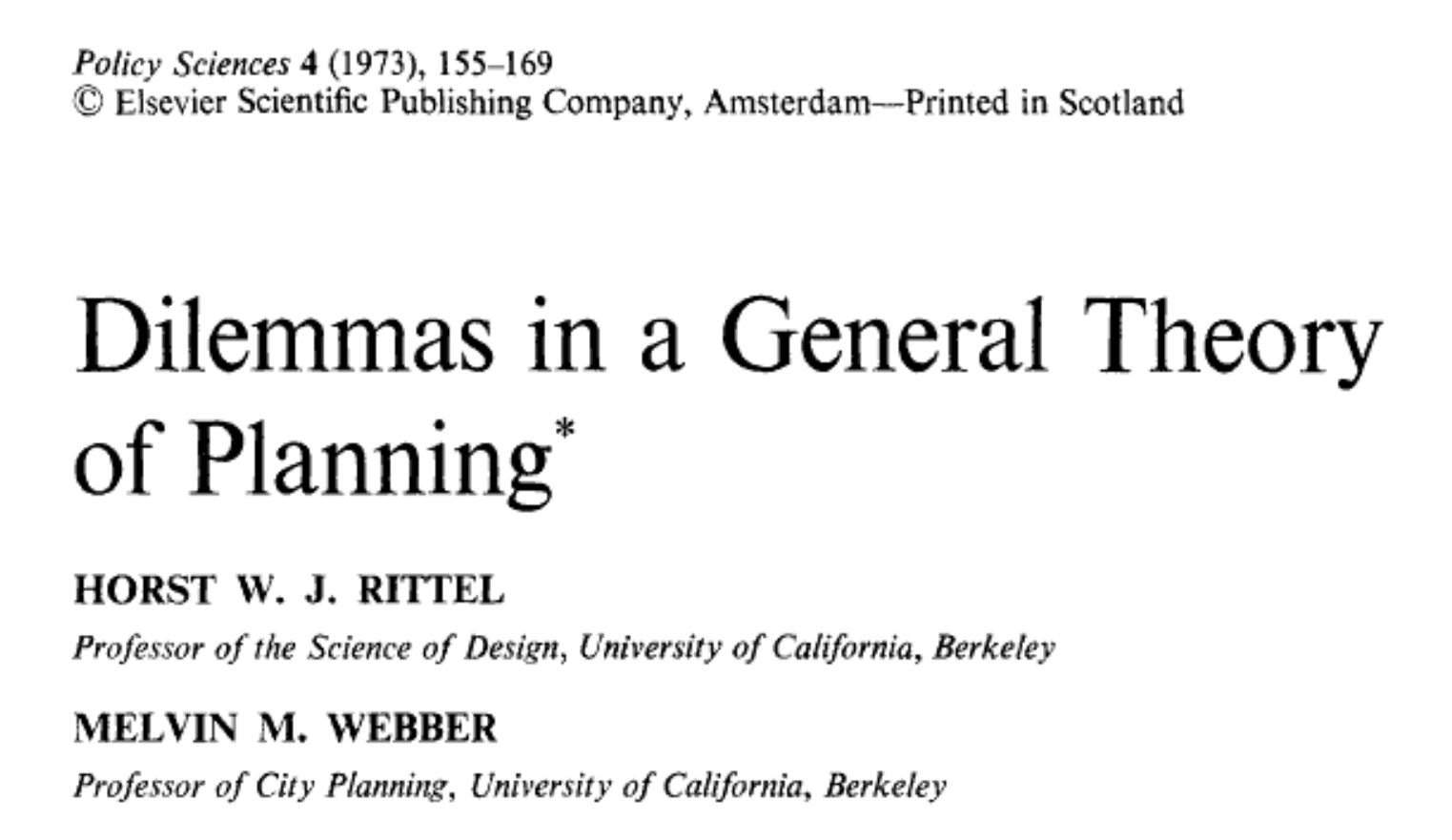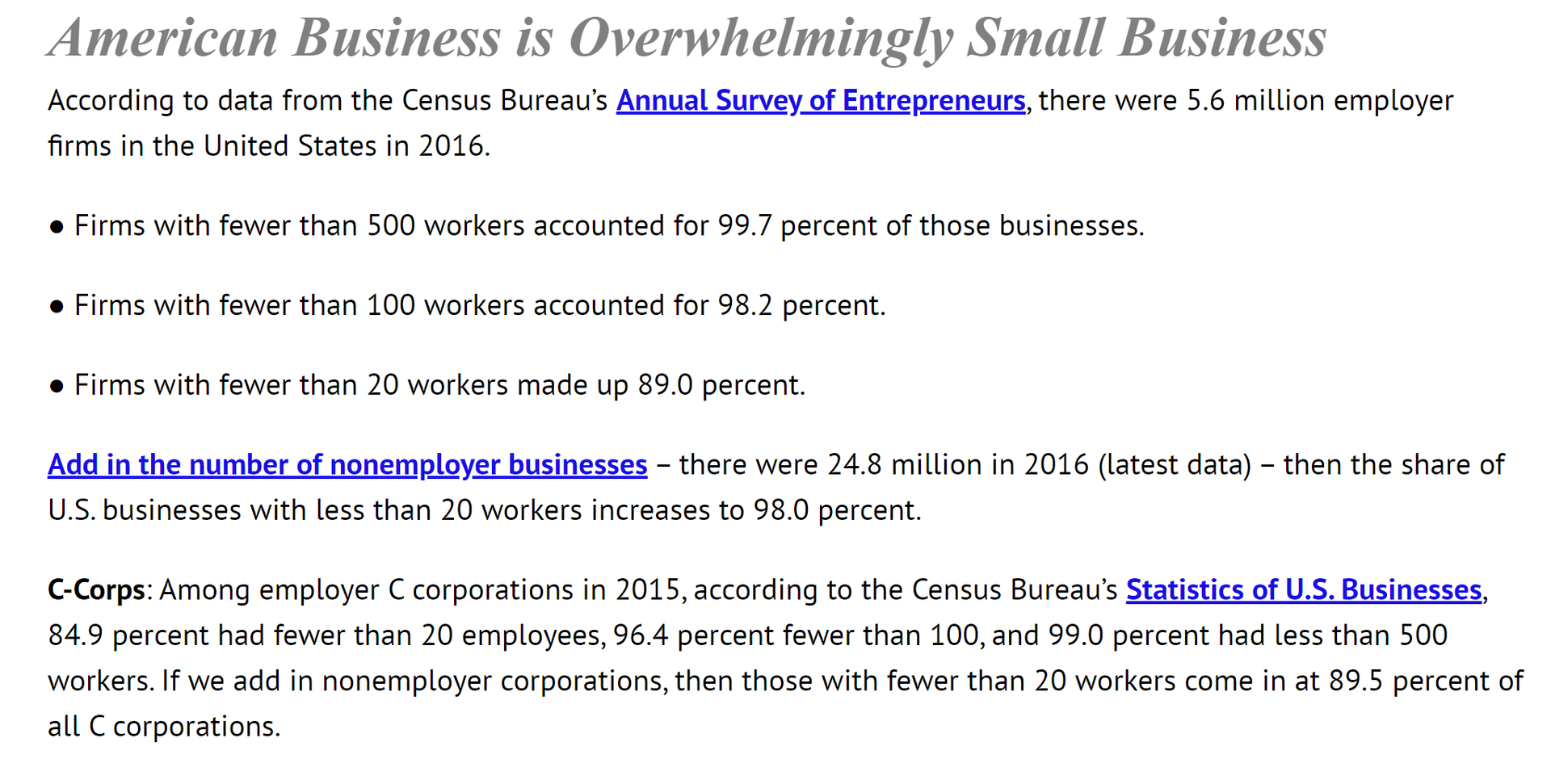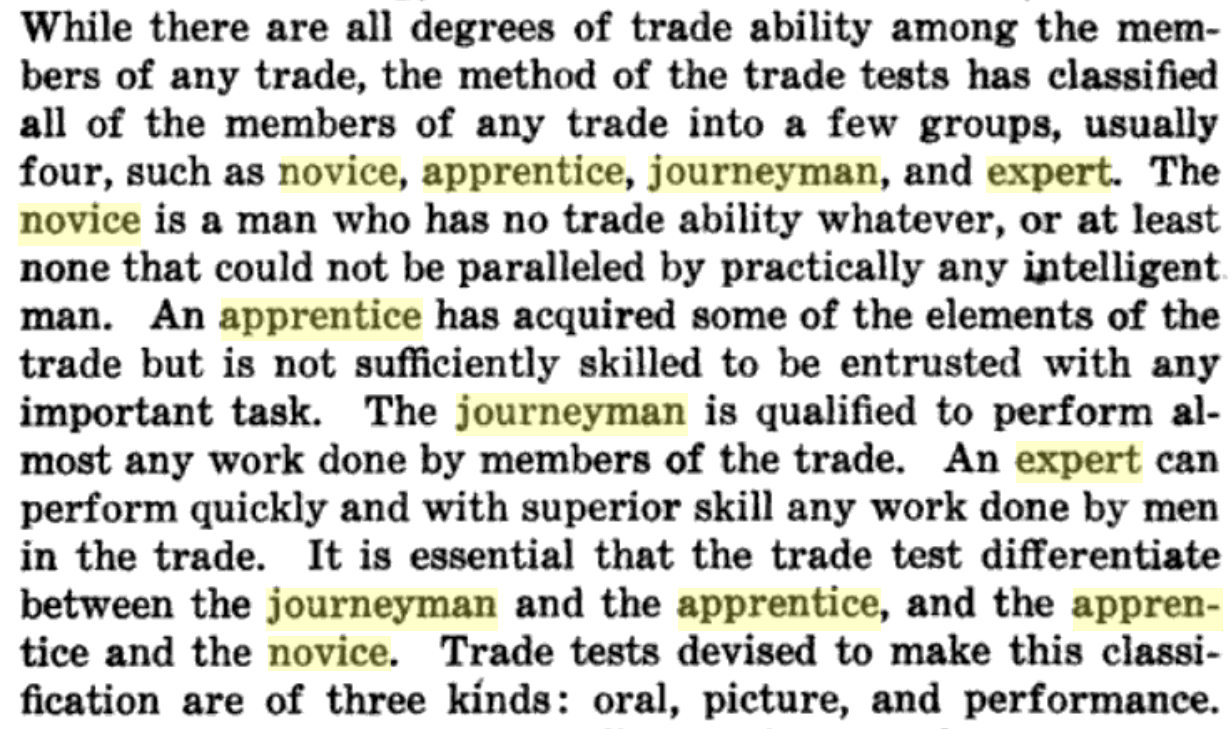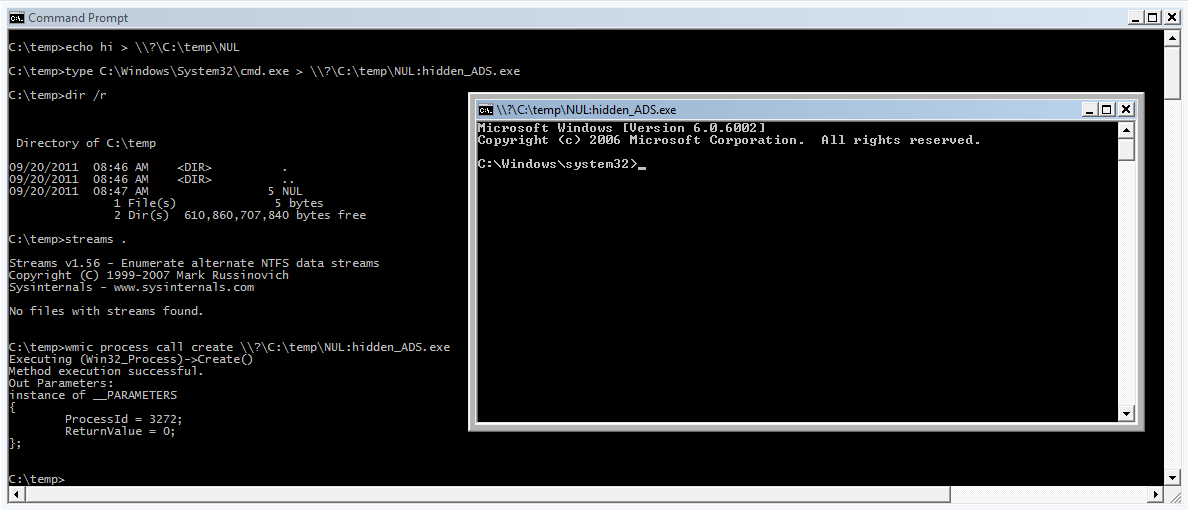If You Can't Patch Your Email Server, You Should Not Be Running It
Richard Bejtlich • April 7, 2020
'at least 357,629 (82.5%) of the 433,464 Exchange servers' are still vulnerable to attacks that would exploit the CVE-2020-0688 vulnerability.
some of the servers that were tagged by Rapid7 as being safe against attacks might still be vulnerable
'there are over 31,000 Exchange 2010 servers that have not been updated since 2012
There are nearly 800 Exchange 2010 servers that have never been updated
10,731 Exchange 2007 servers
already running End of Support (EoS) software that hasn't received any security updates since 2017

Recently, I had the privilege to write a detailed analysis of CVE-2023-34362, which is series of several vulnerabilities in the MOVEit file transfer application that lead to remote code execution. One of the several vulnerabilities involved an ISAPI module - specifically, the MoveITISAPI.dll ISAPI extension. One of the many vulnerabilities that comprised the MOVEit RCE was a header-injection issue, where the ISAPI application parsed headers differently than the .net application. This point is going to dig into how to analyze and reverse engineer an ISAPI-based service! This wasn’t the first time in the recent past I’d had to work on something written as an ISAPI module, and each time I feel like I have to start over and remember how it’s supposed to work. This time, I thought I’d combine my hastily-scrawled notes with some Googling, and try to write something that I (and others) can use in the future. As such, this will be a quick intro to ISAPI applications from the angle that matters to me - how to reverse engineer and debug them! I want to preface this with: I’m not a Windows developer, and I’ve never run an IIS server on purpose. That means that I am approaching this with brute-force ignorance! I don’t have a lot of background context nor do I know the correct terminology for a lot of this stuff. Instead, I’m going to treat these are typical DLLs from typical applications, and approach them as such.


